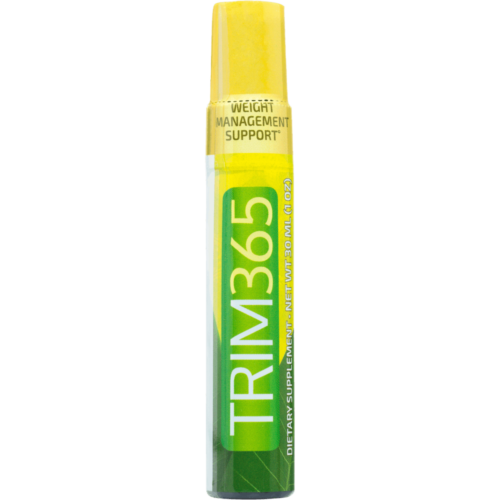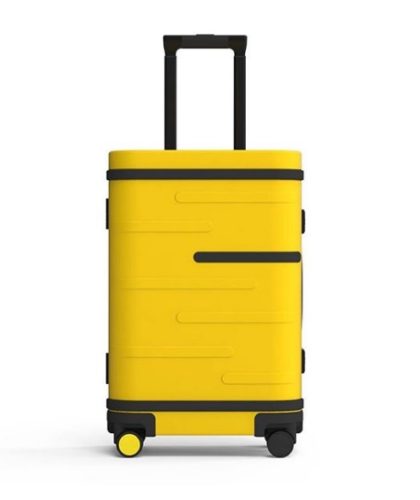Health Club News,…..Business Is Booming at AnyTime & Snap Fitness
Health Club News: ….
Brought to you by courtesy of http://fitnesslifemarketing.com/
The company has locations sold for about another 900 clubs, company, including some in Minnesota, Snap Fitness CEO Peter Taunton said this week in a speech to the Minnesota chapter of the Association for Corporate Growth. The group honored Snap Fitness as its 2010 Emerging Growth Winner award.Snap Fitness could realistically add another 100 locations in Minnesota since it can place its 2,700- to 3,200-square-foot clubs in communities with as few as 3,000 people, Taunton said.Meanwhile, Anytime Fitness has about 1,300 clubs in 49 states and five countries. It has sold master franchise rights to about another 1,000 clubs, said Mark Daly, the company’s national media director.In Minnesota, Anytime Fitness has 115 locations. In 2010, the company plans to add another 300 fitness clubs including about 10 in Minnesota, Daly said.Advertisement Both fitness operators are eyeing overseas expansion as a key part of their growth, too. Anytime Fitness has sold master franchise rights to individuals in the United Kingdom and the Netherlands and expects to enter the Japanese market this year. Meanwhile, Snap Fitness is currently in New Zealand, Australia, India, Mexico and Canada, and anticipates entering China, Europe and Brazil soon.
For example, a typical LifeTime Fitness club, with its resort-like amenities, is usually 110,000 to 115,000 square feet and costs about $15 million to erect. In contrast, the typical cost to get Snap Fitness and Anytime Fitness clubs off the ground ranges upwards of $200,000. With their smaller-size clubs, the two companies are also able to fit their fitness centers into neighborhood areas, such as strip shopping malls, that make their locations easily accessible for consumers, Brennan added. Lower capital costs also mean lower threshold to achieve profits. For example, Taunton said he’s found the typical Snap Fitness club can break even with as few as 220 to 250 members. Nevertheless, the national recession has still left its mark on Snap Fitness. These days, even franchisee wannabes these days are having trouble securing bank financing, Taunton said. In a bid to break down that financing barrier, Snap Fitness has started in some cases, offering to guarantee 40 percent of a franchisee’s bank loan and have equipment vendors cover another 30 percent as inducement to win over bankers, Taunton said.
Anytime Fitness touts itself as the No. 1 co-ed fitness club company in the world and the originator of the neighborhood fitness model, whose features include 24/7 availability to members and integrated security and tracking systems to protect them. Responding to Anytime’s talk, Taunton told Finance & Commerce, “They (Anytime Fitness) like to take credit for a lot of things,” He considers his company as the innovator in the small fitness club niche, including offering no contract memberships. Taunton added that Entrepreneur magazine last year rated Snap Fitness No. 1, in the category of fitness franchises. But Anytime Fitness spokesman Mark Daly isn’t impressed. He countered that Anytime Fitness has snared several accolades, including industry Visionary of the Year award in 2009 from the International Health, Racquet and Spotsclub Association, with the company’s founders being recognized for identifying a niche and developing a new business model.












































































